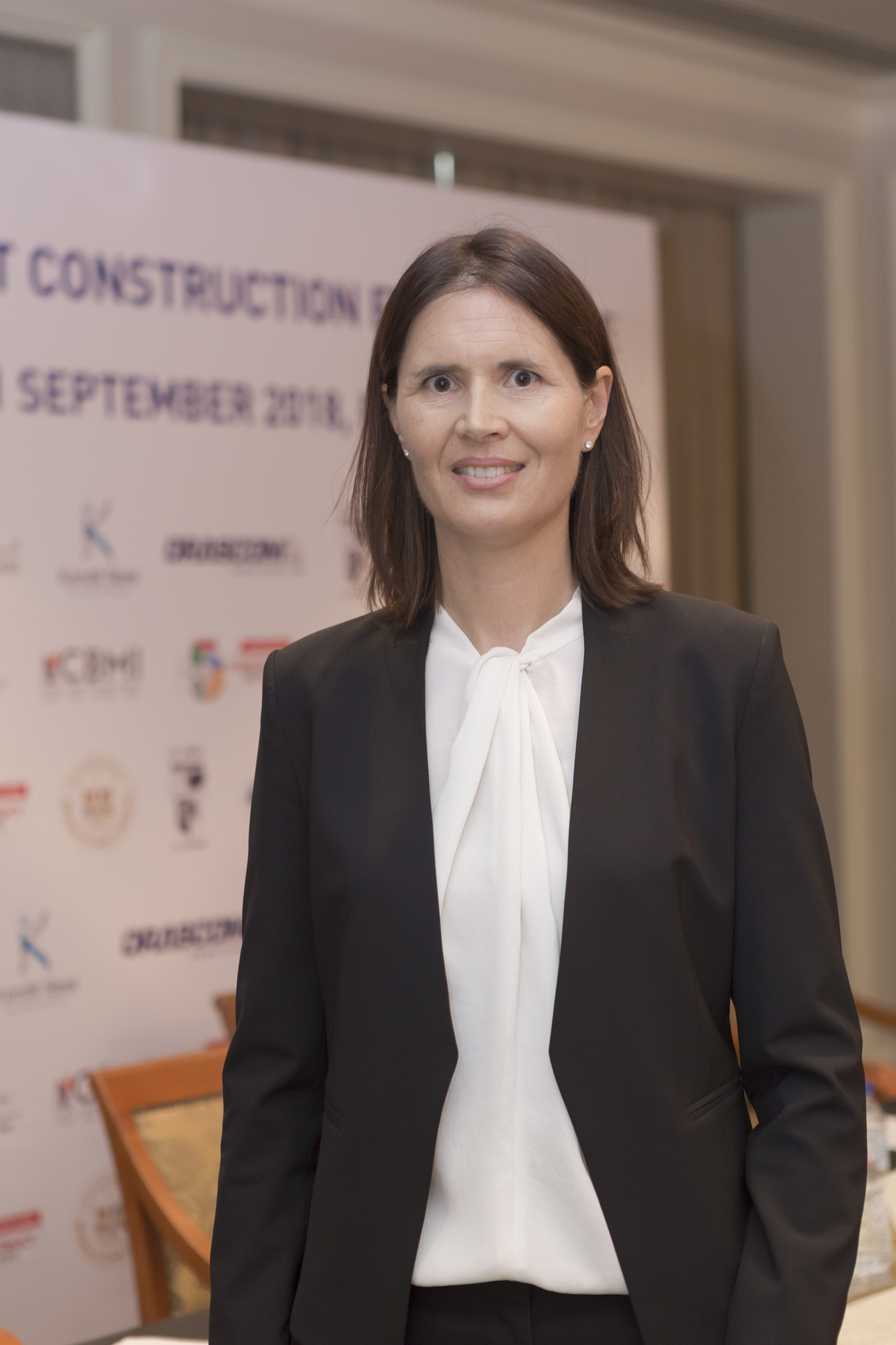Secretary General of the Supreme Council of Antiquities Moustafa Waziri denied on Wednesday that the tomb found during excavation work at the Sidi Gaber district of Alexandria earlier in July belongs to Alexander the Great, asserting that the tomb has not been opened yet to make sure to whom it belongs to.
 The statement that Waziri said was on the morning TV show “Ra’y A’am” (Public Opinion) aired on the privately owned TV channel TEN, and it came as a response to the global controversy caused by the found tomb. Several international media pointed out that the tomb belongs to Alexander the Great, which Waziri strongly denied, asserting that the burial “does not seem to be royal, and most likely it belongs to a priest or not a high-ranked person.”
The statement that Waziri said was on the morning TV show “Ra’y A’am” (Public Opinion) aired on the privately owned TV channel TEN, and it came as a response to the global controversy caused by the found tomb. Several international media pointed out that the tomb belongs to Alexander the Great, which Waziri strongly denied, asserting that the burial “does not seem to be royal, and most likely it belongs to a priest or not a high-ranked person.”
“I assure that it does not belong to any king or royal figure; it looks like an extremely poor burial chamber that most likely belongs to one of the working-class members,” he added in the phone call.
The granite tomb was found on 1 July during excavation work by an Egyptian archaeological mission who were working at the footing of a new building in Al-Karamili.
The archaeological sarcophagus dates back to the Ptolemaic era, “particularly between the third and fourth dynasties,” said Waziri.
He added that, so far, the tomb was not opened, assuring that all of what has been reported in foreign media is the furthest from the truth. Reports went viral among jokes that the tomb might have a curse that would affect the region for centuries.
Moreover, he asserted that this is not the first tomb to be discovered sealed, explaining that the ministry discovers unsealed discoveries all the time, and this one is no different than any of the previously discovered ones.
The tomb is not marked, and no sign marks the identity of the buried person inside. The 30-tonne black granite sarcophagus is still sealed, and the ministry is working on opening it in the upcoming days and will shortly publish a press release to what is inside it. However, he assured that the burial does not look like a royal one.
 When the tomb was discovered, Waziri described the tomb as “the largest to be discovered in Alexandria so far, with a height of 185 cm, length of 265 cm, and width of 165 cm.” An alabaster head, believed to be the owner of the tomb, was found nearby. It was found only five metres underground.
When the tomb was discovered, Waziri described the tomb as “the largest to be discovered in Alexandria so far, with a height of 185 cm, length of 265 cm, and width of 165 cm.” An alabaster head, believed to be the owner of the tomb, was found nearby. It was found only five metres underground.
The alabaster head was not completed to reveal an identity of the owner. Waziri also stated that most likely the head was buried “unfinished and was not affected by any archaeological elements.”


